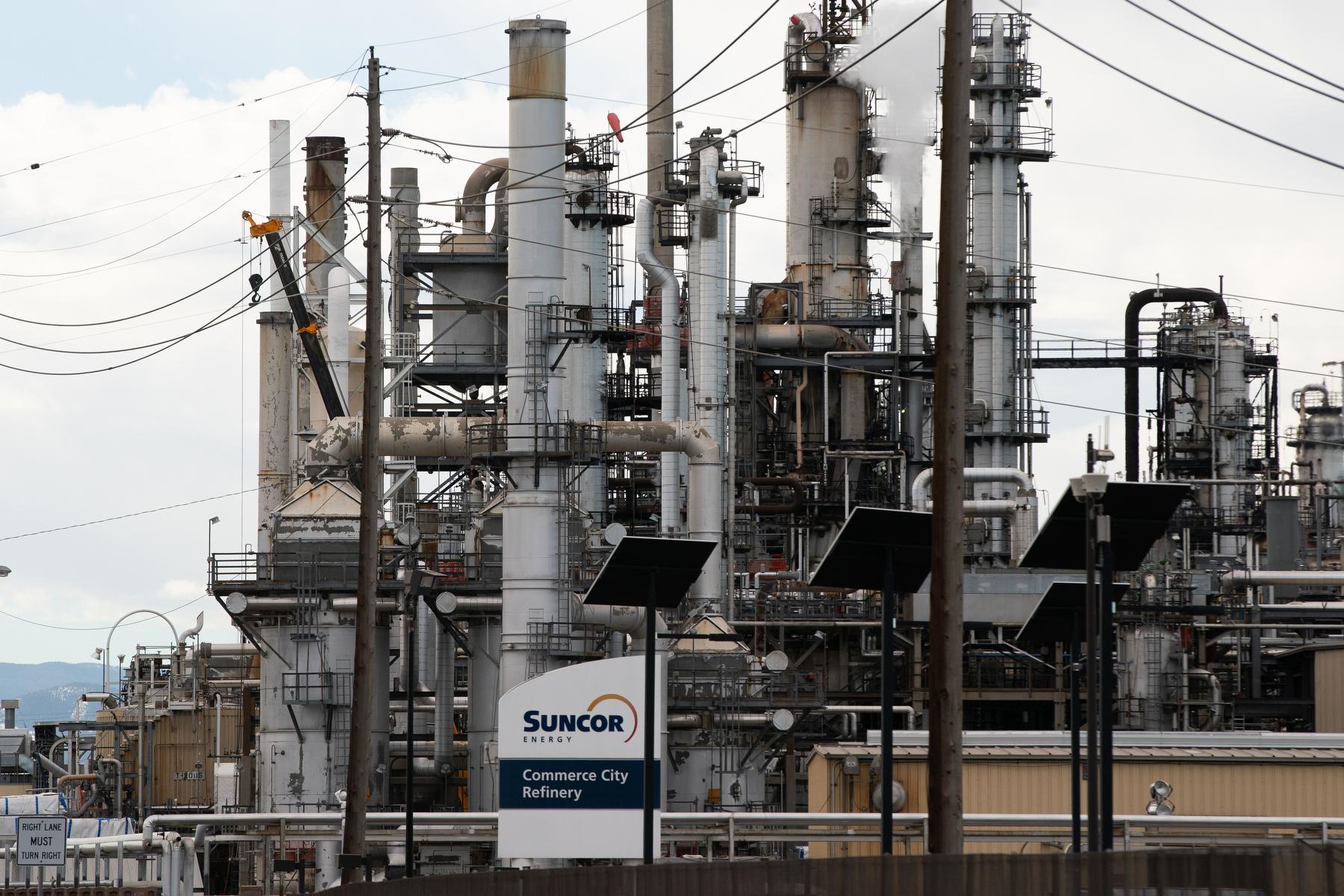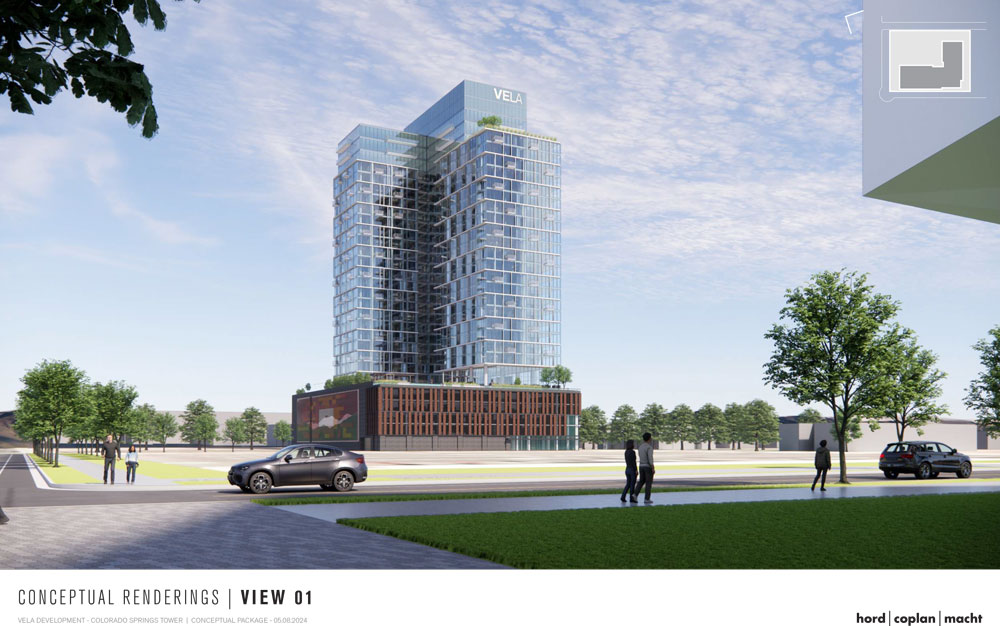Colorado Roots
3D printing's roots date back to 1983, when Colorado native Chuck Hull did something unprecedented: he used a machine to print a three-dimensional object. Hull, who's the co-founder and chief technology officer of Rock Hill, South Carolina-based 3D Systems, patented the technology in 1986 and went to market two years later. 
Early on, he used the technology to create models for car parts. An engineer designed parts on a computer, went through multiple iterations and then sent the design to a printer. The parts were replicated and mass produced.
"Having a 3D printer could allow us to fine tune a part so it could fit best and work the most efficiently," he told Colorado Matters host Nathan Heffel. "It allowed us to get perfect dimensions."
Today, one of the cornerstones of 3D Systems is its health care facility in Littleton, which among other things, uses 3D printing to design implants used in orthopedics, spinal and other specialties. The facility also designs models for medical students to simulate surgery.
Intersection Of Art And Health Care

Students from the Art Institute of Colorado are working with the Denver Animal Shelter and have used 3D printing to create a prosthetic for Sonic, a cat born with a congenital orthopedic deformity in his right leg. Since April, Sonic has received 16 prosthetics, with adjustments made as he grows. The cost? About $3 each. Gregg Harvey oversaw the project at the Art Institute.
Creating Books For Blind Students

What children's books did you grow up with? Maybe "Goodnight Moon" or "Harold and the Purple Crayon"? Would your memories of those book be the same if you could not see the pictures? Researchers at University of Colorado Boulder want children who are blind to experience this literature too. Their solution is 3D printing.
Tom Yeh, an assistant professor of community science at the university, leads "The Tactile Picture Books Project." The project's ultimate goal is to enable families to make their own customized books at home or at local libraries.
Printing At Home

That's just one of the uses for 3D printers envisioned by Aleph Objects, Inc. The Loveland-based company builds small printers designed for home use. Harris Kenny, the company's vice president for marketing, says as the technology becomes more efficient and cost effective, more people are using it to print parts for broken furniture, design unique children's toys, or create props for cosplay.
3D Printing ... In Space
3D printers could, one day, build ice houses on Mars.
Two companies based in New York, Space Exploration Architecture and Clouds Architecture Office won NASA's 3D Printed Habitat Challenge for Mars. Their idea? Utilize the water found on Mars to 3D print large dome-like translucent ice structures for future Mars inhabitants. Designer Jeffrey Montes said using the planet's frozen ice serves two purposes.
"Ice is one of the most effective shields for radiation, the kinds of radiation that would be really harmful to humans outside of Earth," said Montes. "To be able to tap into Mars' circadian cycle is seen as very beneficial to the inhabitants. And actually Mars' day is only 40 minutes longer then ours, which is just an incredible coincidence."

He adds prior Mars habitat designs had no connection to the Martian environment, and were conceived as bunkers or metal structures with a few small windows, or none at all. His design will allow light to flow through the ice as well as large inflatable windows with radiation shielding gas to "frame views of the landscape."
In theory, a transport spacecraft would go to the red planet, deposit the 3D printer at a location with underground water, and the printer would tap into that source. It would then create ice to print out a large dome structure and encase itself so when astronauts arrive, their living quarters would be complete and self sustaining. His design also includes work spaces and "oxygen gardens" to supplement the crew's food and oxygen.
"[Mars] is a new world. It literally is a new world. And it's not meant to be taken lightly," said Montes.









